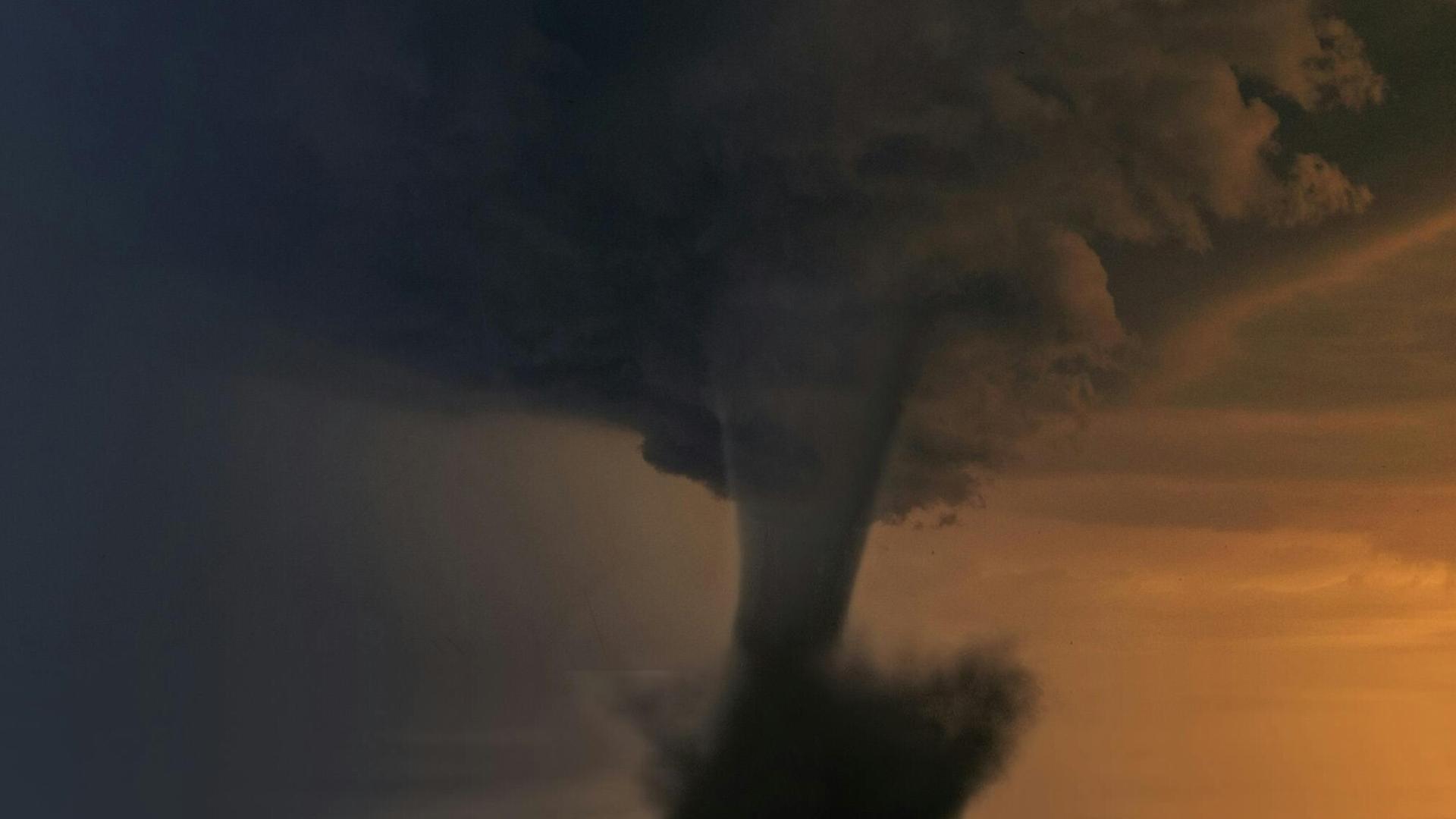
Tornado Talk: Twister of Knowledge You’ll Want This Season
Loading...

Brittney Merlot is Civic Media’s Meteorologist. Email her at [email protected].
Want More Local News?
Civic Media
Civic Media Inc.
The Civic Media App
Put us in your pocket.


Brittney Merlot is Civic Media’s Meteorologist. Email her at [email protected].
Civic Media Inc.
Put us in your pocket.
Studio: (715) 402-4173 (text or call)
Office: (608) 819-8255
Sales : (262) 634-3311